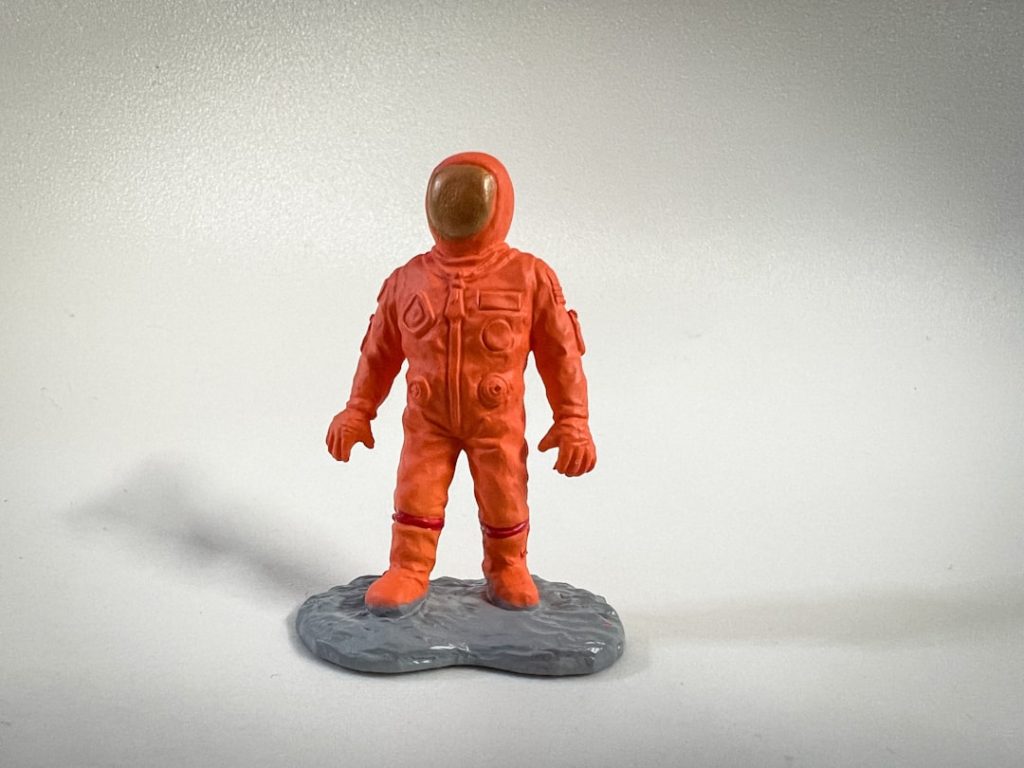Space weather refers to the environmental conditions in space, particularly in the vicinity of Earth, that are influenced by solar activity. This phenomenon encompasses a variety of events, including solar flares, coronal mass ejections (CMEs), and high-energy solar particle events. These occurrences can have profound effects on the Earth’s magnetosphere, ionosphere, and thermosphere, leading to a range of consequences for both natural systems and human-made technologies.
As our reliance on technology increases, understanding space weather becomes increasingly critical, not only for safeguarding our infrastructure but also for ensuring the safety of astronauts and spacecraft. The Sun, a massive ball of plasma, is the primary driver of space weather. Its surface is constantly in motion, with magnetic fields interacting and creating dynamic phenomena that can send charged particles hurtling toward Earth.
The study of space weather is an interdisciplinary field that combines aspects of astrophysics, atmospheric science, and engineering. As we delve deeper into this subject, it becomes evident that space weather is not merely an abstract concept but a tangible force that shapes our daily lives and the broader cosmos.
Key Takeaways
- Space weather refers to the environmental conditions in space as influenced by solar activity and the solar wind.
- Solar flares, coronal mass ejections, and solar wind are the primary causes of space weather phenomena.
- Space weather can impact Earth’s magnetic field, communication systems, and power grids, leading to potential disruptions.
- Technology such as satellites, GPS, and power systems can be affected by space weather, leading to potential malfunctions.
- Predicting and monitoring space weather is crucial for mitigating its effects and ensuring the safety of technology and space exploration missions.
Understanding the Causes of Space Weather
The primary source of space weather is the Sun’s activity, which is driven by its magnetic field. The Sun’s magnetic field is generated by the movement of electrically charged plasma within its interior. This magnetic field undergoes cycles of activity, known as the solar cycle, which lasts approximately 11 years.
During periods of heightened solar activity, known as solar maximum, the Sun emits a greater number of solar flares and CMEs. These explosive events release vast amounts of energy and charged particles into space, which can travel at speeds exceeding 1,000 kilometers per second. Solar flares are sudden bursts of radiation that occur when magnetic energy that has built up in the solar atmosphere is released.
They can produce intense bursts of X-rays and ultraviolet radiation that can impact the Earth’s upper atmosphere. CMEs, on the other hand, are large expulsions of plasma and magnetic fields from the Sun’s corona. When these charged particles collide with Earth’s magnetic field, they can create geomagnetic storms that disrupt the planet’s magnetosphere.
Understanding these processes requires a comprehensive grasp of solar physics and magnetohydrodynamics, as well as the intricate interactions between solar wind and Earth’s magnetic field.
The Impact of Space Weather on Earth

The effects of space weather on Earth can be both subtle and dramatic. One of the most visible manifestations of space weather is the auroras—spectacular light displays that occur near the polar regions when charged particles from the Sun collide with atoms in Earth’s atmosphere. These natural light shows are not only beautiful but also serve as indicators of solar activity.
However, the impact of space weather extends far beyond aesthetic phenomena. Geomagnetic storms caused by CMEs can induce electric currents in power lines and pipelines, leading to voltage fluctuations and even blackouts. For instance, the 1989 geomagnetic storm caused a nine-hour blackout in Quebec, Canada, affecting millions of people.
Additionally, space weather can disrupt communication systems by affecting radio signals and satellite operations. High-frequency radio communications are particularly vulnerable to disturbances in the ionosphere caused by solar flares. The implications for aviation and maritime navigation are significant, as pilots and ship captains rely on these systems for safe travel.
How Space Weather Affects Technology
| Technology | Impact of Space Weather |
|---|---|
| Satellite Systems | Disruption of communication and navigation signals, potential damage to electronic components |
| Power Grids | Induced currents leading to power outages and equipment damage |
| Aircraft Navigation | Interference with GPS and communication systems, potential safety risks |
| Radio Communications | Signal degradation and blackout in certain frequency bands |
| Computer Systems | Data corruption and system malfunctions due to increased radiation exposure |
As society becomes increasingly dependent on technology, the ramifications of space weather on our infrastructure cannot be overstated. Satellites are particularly susceptible to space weather events; they operate in environments where they are exposed to high levels of radiation from solar activity. This radiation can damage satellite electronics, degrade sensors, and even shorten their operational lifespan.
For example, during a severe solar storm in 2003, several satellites experienced anomalies due to increased radiation levels. Moreover, Global Positioning System (GPS) technology is also affected by space weather. The ionosphere’s density can fluctuate due to solar activity, leading to errors in GPS signal transmission.
These inaccuracies can have serious implications for navigation systems used in aviation, maritime operations, and even autonomous vehicles. The potential for miscalculations increases during periods of heightened solar activity, necessitating robust monitoring systems to mitigate risks.
Predicting and Monitoring Space Weather
The ability to predict space weather events is crucial for minimizing their impact on Earth and its technological systems. Various organizations around the world monitor solar activity using a combination of ground-based observatories and space-based instruments. NASA’s Solar Dynamics Observatory (SDO) and the European Space Agency’s Solar Orbiter are two key missions dedicated to studying the Sun’s behavior and its influence on space weather.
Forecasting models utilize data from these observations to predict solar flares and CMEs. These models analyze patterns in solar activity and employ complex algorithms to estimate when and how intense a solar event might be. For instance, forecasters use data from sunspots—dark areas on the Sun’s surface associated with intense magnetic activity—to gauge potential eruptions.
While significant advancements have been made in predicting space weather events, challenges remain due to the chaotic nature of solar activity.
Mitigating the Effects of Space Weather

Mitigating the effects of space weather involves a combination of preparedness strategies and technological solutions. One approach is to harden critical infrastructure against potential disruptions caused by geomagnetic storms. Power companies can implement protective measures such as installing devices that detect geomagnetic-induced currents and automatically disconnecting power lines during severe storms to prevent damage.
In addition to infrastructure hardening, developing robust communication protocols is essential for industries reliant on satellite technology. For example, airlines may alter flight paths during periods of heightened solar activity to avoid potential disruptions in communication systems or increased radiation exposure for passengers and crew members flying at high altitudes. Furthermore, public awareness campaigns can educate individuals about space weather phenomena and encourage preparedness for potential disruptions.
Space Weather’s Role in Space Exploration
Space weather poses unique challenges for human exploration beyond Earth’s atmosphere. Astronauts aboard the International Space Station (ISS) are exposed to higher levels of radiation than those on Earth due to their proximity to space weather events. Prolonged exposure to this radiation can increase health risks such as cancer or acute radiation sickness.
Therefore, understanding space weather is vital for ensuring astronaut safety during missions. Future missions to Mars or other celestial bodies will require even more rigorous planning regarding space weather risks. For instance, during long-duration missions beyond low Earth orbit, astronauts will need effective shielding against cosmic rays and solar particle events.
Research into materials that can provide adequate protection is ongoing, as is the development of real-time monitoring systems that can alert astronauts to impending solar storms.
The Future of Space Weather Research
The future of space weather research holds great promise as technology advances and our understanding deepens. New satellite missions are being planned to enhance our ability to monitor solar activity in real-time. For example, NASA’s upcoming missions aim to study the Sun’s corona more closely and understand how energy is transferred from the Sun’s surface into space.
Moreover, interdisciplinary collaboration will play a crucial role in advancing our knowledge of space weather phenomena. By integrating insights from astrophysics, atmospheric science, engineering, and computer modeling, researchers can develop more accurate predictive models and mitigation strategies. As we continue to explore our universe and expand our technological capabilities, understanding space weather will remain a critical area of research with far-reaching implications for life on Earth and beyond.


